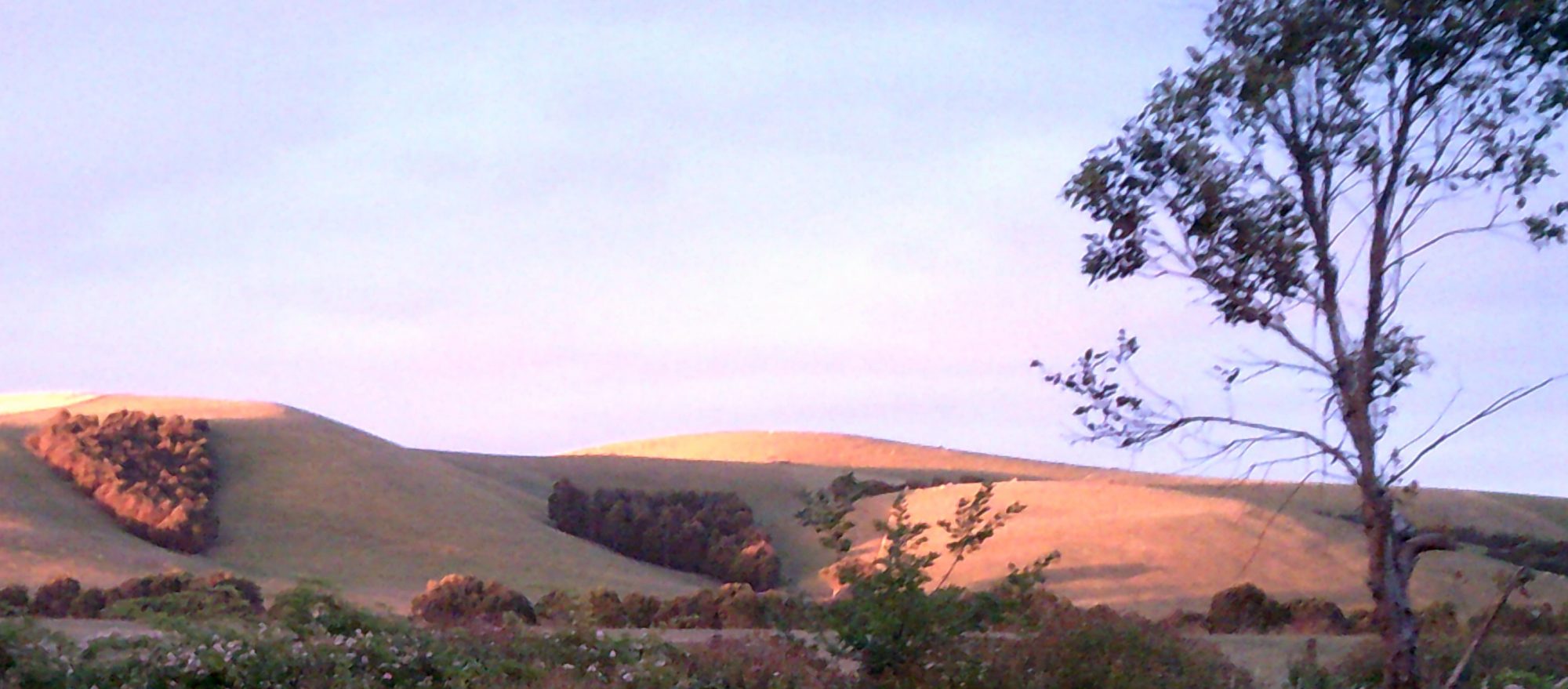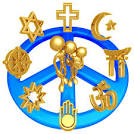Google images.
Consciousness and the Evolution of Consciousness.
The consciousness/awareness/self-consciousness and/or knowledge that we experience on a daily basis are only “the tip of the iceberg”. In the psychoanalytic theory of the conscious mind and the unconscious mind the “iceberg” metaphor is often used to explain the levels of consciousness. The tip of the iceberg is what we knowingly experience while the unconscious is represented by the ice hidden below the surface of the water.
Sigmund Freud believed that all human behaviour and personality derive from constant contests between the governing psychological forces that operate at three different levels of awareness; the unconscious, the pre-conscious and the conscious. For example; a person might intend to make a statement, but the words come out differently to the intention and generally mean something that was unintended. This often happens in the error of a single word; Freud called this “slips of the tongue”. Freud also argued that this is not an accident. Rather, it is the unconscious material revealing itself in the external world.
The wrong readings of signals, slips of the tongue or improper judgments can often lead us into trouble; indeed, they can turn life into chaos. Freud argued that by talking about our past histories [the talking cure and/or psychotherapy] individuals could eradicate the historical scripts that lay behind the errors, misjudgments and bad decisions. Freud’s work was deemed controversial and remains so today. Nonetheless, almost all the psychotherapies are based on Freud’s original model of consciousness. Hence, in order to bring about life changes we need to understand Freud’s model of consciousness.
- Consciousness includes everything that we are aware of. This is the aspect of our mental activity that we can think about and discuss rationally. Some aspects of our memory are included in this category, but not all memories.
- The Pre-conscious mind is the part of the mind that represents ordinary memories which we often lose track of, but which can be retrieved and brought to consciousness when we need them. This is sometimes termed “recall”.
- The Unconscious mind contains all feelings and emotions, thoughts, desires, urges, and memories that reside beyond our conscious awareness. Freud believed that most of the contents of the unconscious mind are painful, socially unacceptable or unpleasant in some way such as pain, anxiety, depression, delusion and/or inner conflicts. Accordingly, Freud believed the unconscious continues its influence on our conscious mind even though the memories appear no long relevant. He also believed that we are unaware of these powerful influences. Freud’s first and third proposition remain largely unchanged in modern psychotherapy. However the second proposition [the pre-conscious] has undergone some further study that includes the examination of the brain’s neural pathways, whereby the pre-conscious is now called the “adaptive unconscious” in the belief that every conscious thought is altered to match an existing script that lies in the unconscious.[i] In addition these pathways are influenced as much by evolutionary processes and they are individual human histories. It is important then to have some rudimentary understanding of the evolution of the human brain. There are a number of theories I will use “Relational Frame Theory” formulated by Robin Dunbar who argues who when the size of a social group increases, the number of different relationships in the group may increase by orders of magnitude. [ii] Consciousness also expands by association. [Group increases can also contribute to social anxiety and can be dealt with in therapies based on Relational Frame Theory such as Action Commitment Therapy].
- The most efficient model for understanding the brain in terms of its evolutionary history is the triune brain theory developed by Paul MacLean. According to this theory, humans actually have three brains inside the skull.
- The reptilian brain is the oldest of the three brains and it controls the body’s vital functions such as heart rate, breathing, body temperature, instincts and balance. Our reptilian brain replicates the main structures found in a reptile’s brain: the brain stem and the cerebellum. The reptilian brain is rigid, compulsive, impulsive and cannot be changed.
- The limbic brain emerged in the first mammals. It can records good and bad memories and experiences, so it is responsible for emotions and value judgments. The main structures of the limbic brain are the hippocampus, the amygdala, and the hypothalamus. The limbic brain unconsciously exerts a strong influence on human behaviour.
- The neo-cortex is the new brain which contains two hemispheres responsible for the development of human language, abstract thought, imagination, and consciousness. The neo-cortex is flexible and is believed to have almost infinite learning abilities and has contributed to the development of art and culture.
- So far we have identified the physical attributes of the brain. However, the question of what gives rise to consciousness is a little more complex. A description of consciousness is not the same as experiencing consciousness. For example, if I describe a sponge cake, its recipe and how it is made, this does not explain the experience of eating a sponge cake. I must engage the senses in order to do this. If I want to change the sponge cake, perhaps to make it sweeter, I must understand the subjective qualities of eating the sponge cake. This leads us to the notion of mindfulness.
- Most of our daily activity is controlled by the unconscious and the adaptive unconscious. In order to make changes to our thoughts and routines it is necessary to actively engage the neural pathways and the senses. Sight, sound, touch, smell, taste. Try a simple mindfulness exercise, explore the slice of an apple for its textures, colour taste, the space it occupies and every other aspect of its presence you can think of.
[i] Timothy D. Wilson [2004] Strangers to Ourselves: Discovering the Adaptive Unconscious N.Y. Belknap Press
[ii]Robin Dunbar [2005] The Human Story. London, Faber and Faber.
____________________________________________________


